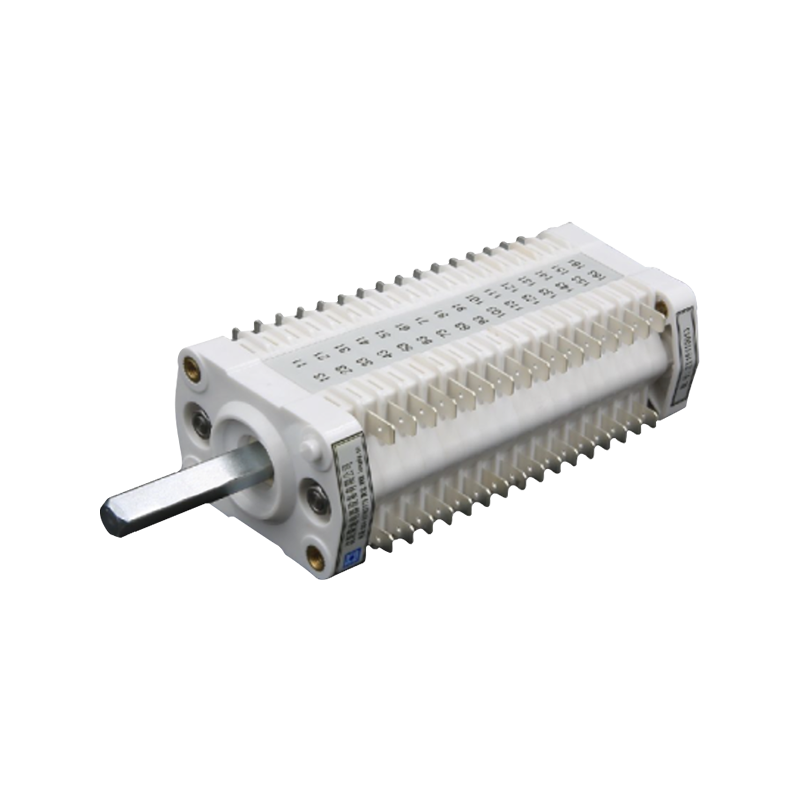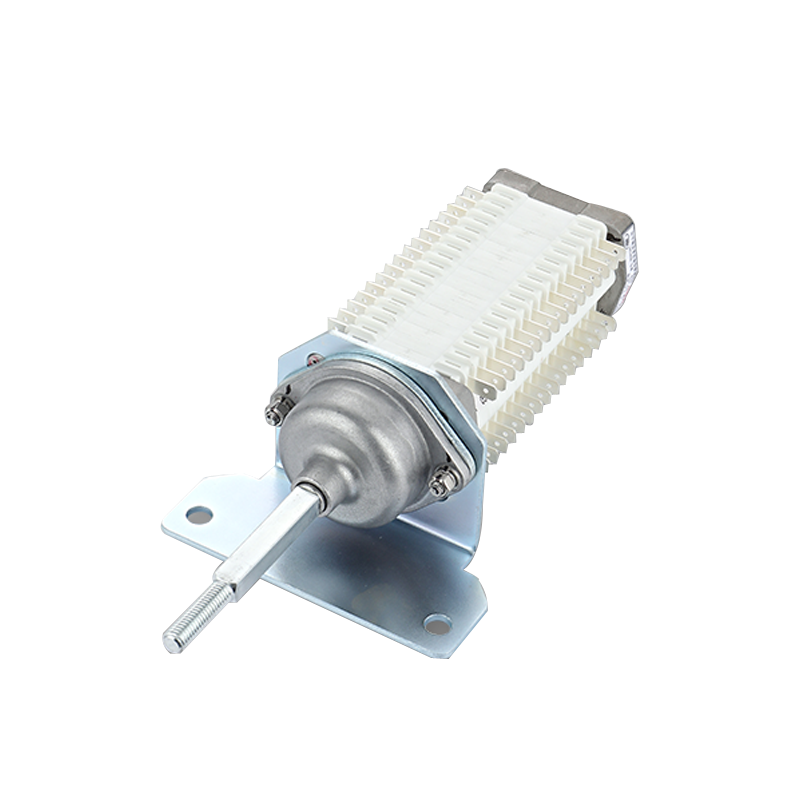

Selection of auxiliary switch contacts?
Release time:2024-09-03
In the field of electrical control, the selection of auxiliary switching contacts is crucial, which directly affects the safe operation and stability of the whole system. Choosing the right auxiliary switching contacts not only improves the control accuracy of the system, but also prevents potential safety risks to a certain extent. In the following, we will discuss specifically how to select the appropriate auxiliary switching contacts according to different factors:
1. Selection based on control circuit requirements
Safety-related applications: Normally closed contacts are recommended for safety-related control systems, such as emergency stop buttons and stop buttons. Normally closed contacts can be automatically disconnected in the event of a power failure or wiring problem, thus guaranteeing a safe shutdown of the system and reducing safety accidents due to malfunctions.
Regular control applications: For some common control applications that do not directly involve safety, normally open or normally closed contacts can be selected according to actual needs. Usually, normally open contacts are used for normal start and stop control, while normally closed contacts are used for protection and abnormal state detection.

2. Selection according to electrical performance requirements
Current and voltage ratings: Different auxiliary switching contacts are designed with different current and voltage tolerances. Selection must be made to ensure that the parameters of the selected contact meet the actual requirements of the circuit.
Response time and synchronization: In some time-sensitive control applications, the response time and synchronization of the contacts are critical. High quality auxiliary switches have better response performance and synchronization, which can ensure the accuracy and reliability of control.
3. Selection according to the environment of use
Ambient temperature and humidity: Different auxiliary switch contacts have different adaptability to the environment. When selecting contacts, their performance under specific temperature and humidity conditions should be considered to ensure stable operation.
Altitude and dirtiness: Auxiliary switches operating at high altitude and in dusty environments should have more stringent contact selection to adapt to the effects of low air pressure and pollution.

4. Selection according to installation and maintenance convenience
Installation: According to the design of the control cabinet or equipment, choose the suitable installation method and interface type, such as screw crimping type, plug-in type, etc.
Maintenance convenience: Considering the convenience of long-term operation and maintenance, choosing the type of auxiliary switch contacts that are easy to replace and repair will greatly reduce the maintenance cost in the later stage.
Overall, choosing the right auxiliary switch contacts is a process involving multiple considerations, which needs to synthesize control requirements, electrical performance, use of the environment and installation and maintenance factors for decision-making. Through rigorous selection, you can ensure the efficient and safe operation of the control system, but also for the long-term stability of the equipment to provide protection.
1. Selection based on control circuit requirements
Safety-related applications: Normally closed contacts are recommended for safety-related control systems, such as emergency stop buttons and stop buttons. Normally closed contacts can be automatically disconnected in the event of a power failure or wiring problem, thus guaranteeing a safe shutdown of the system and reducing safety accidents due to malfunctions.
Regular control applications: For some common control applications that do not directly involve safety, normally open or normally closed contacts can be selected according to actual needs. Usually, normally open contacts are used for normal start and stop control, while normally closed contacts are used for protection and abnormal state detection.

2. Selection according to electrical performance requirements
Current and voltage ratings: Different auxiliary switching contacts are designed with different current and voltage tolerances. Selection must be made to ensure that the parameters of the selected contact meet the actual requirements of the circuit.
Response time and synchronization: In some time-sensitive control applications, the response time and synchronization of the contacts are critical. High quality auxiliary switches have better response performance and synchronization, which can ensure the accuracy and reliability of control.
3. Selection according to the environment of use
Ambient temperature and humidity: Different auxiliary switch contacts have different adaptability to the environment. When selecting contacts, their performance under specific temperature and humidity conditions should be considered to ensure stable operation.
Altitude and dirtiness: Auxiliary switches operating at high altitude and in dusty environments should have more stringent contact selection to adapt to the effects of low air pressure and pollution.

4. Selection according to installation and maintenance convenience
Installation: According to the design of the control cabinet or equipment, choose the suitable installation method and interface type, such as screw crimping type, plug-in type, etc.
Maintenance convenience: Considering the convenience of long-term operation and maintenance, choosing the type of auxiliary switch contacts that are easy to replace and repair will greatly reduce the maintenance cost in the later stage.
Overall, choosing the right auxiliary switch contacts is a process involving multiple considerations, which needs to synthesize control requirements, electrical performance, use of the environment and installation and maintenance factors for decision-making. Through rigorous selection, you can ensure the efficient and safe operation of the control system, but also for the long-term stability of the equipment to provide protection.
